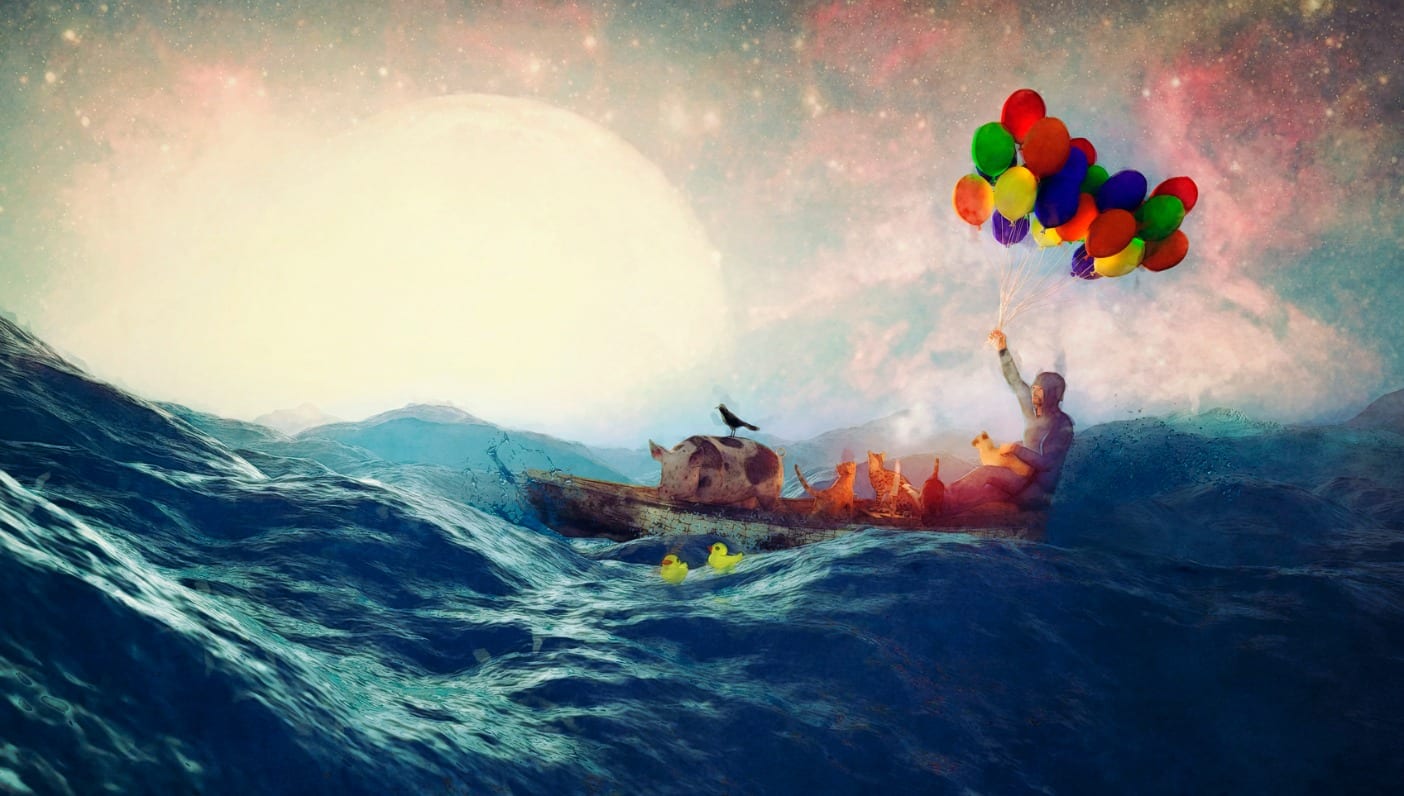
Charlotte Eléa is an intuitive counselor and workshop leader. Join us for her signature Dream Decoding workshops this summer at Wanderlust Hollywood, where she will guide guests through their individual dreams, as well as explain common dream themes and archetypes. Get your tickets here!
Why do we dream? Part of the mystery and wonder of being a human being happens when we sleep, and yet the reason why our brains perform these private plays remains largely unknown. Researchers studying dreams and sleep science have proposed various theories about what dreams are and their relevance to our everyday experience.
Some of the popular theories include: dreams as representations of our emotions, a strengthening mechanism for our memory, a reflection of our waking life, a way for our subconscious minds to prepare for the future, and a means of processing hardship and difficult situation. Most of the popular theories have in common the use of dreams as metaphor for reality.
One of the fathers of the field of dream interpretation was famed analytical psychologist and psychiatrist Carl Jung. Jung theorized that when we dream we tap into a “collective unconscious”—our shared human experiences. From this theory he developed archetypes for the symbols that commonly occur in dreams. Knowing the archetypes and what they mean, according to Jung, can help us better understand our subconscious and thereby better knowing ourselves. Five of Jung’s popular archetypes are:
- The Persona: This represents the mask that each of us wear in our waking lives. It may not appear in the same likeness, but in the dream there is a certainty that this person is a reflection of us.
- The Shadow: The dark parts of ourselves which we try to hide from everyone else in everyday life.
- The Amina/Aminus: These are masculine and feminine representations, and depending on which one appears — ie in the form of a beard, dress, pregnancy or other distinguishing characteristic — clues the dreamer in to which side of themselves they need to pay more attention to.
- The Divine Child: When a baby shows up in a dream it represents the truest form of the dreamer, as well as the innate innocence of us all.
- The Great Mother: The dreamer’s mother appearing in a dream represents the state of relationship between mother and child. Many times, according to Jung, this turns into a nightmare because there is pain and contention present in the relationship.
Like Jung, contemporary dream interpreters often refer to commonly repeating archetypes to help us to navigate our internal landscape. Charlotte Elea, an Intuitive Counselor living in LA works with dreams as well as Tarot to help clients’ bring to light the aspects of themselves that may otherwise remain hidden. Charlotte finds setting to be extremely important when looking at the symbology of dreams.
“The most commonly reported dream symbols and themes have to do with their settings,” Charlotte says. “Dreams most often take place in a home, a car, near or in a body of water, a school or in the midst of a scary or dangerous situation.“ From the setting of the dream, Charlotte begins to deconstruct the metaphor laced within it.
Contrary to Carl Jung and Charlotte, there are theorists who believe that dreams are nothing more than biochemical reactions that occur when our body is at rest. Some say that to look at dreams for answers is akin to writing a fictional story using prompts from those dreams to flush out a fantasy. However, whether or not the science behind dreaming supports its use as metaphor and symbol does not affect its beneficial use as a tool to form a deeper relationship with oneself.
By looking at our dreams—whether we see them as fantasy or a mirror of sorts—we naturally inquire into what is going on in our lives, what we want, and who we are.
“When you pay attention to your dreams and learn to unlock their meanings, you begin to live more consciously and in greater alignment with your intentions,” Charlotte says. “When you learn to listen to your dreams, you can receive messages from your soul, and may learn to heal, integrate and express your true self.”
—
 Erin Ward is a freelance writer, yoga teacher, and navigator at Wanderlust Hollywood.
Erin Ward is a freelance writer, yoga teacher, and navigator at Wanderlust Hollywood.